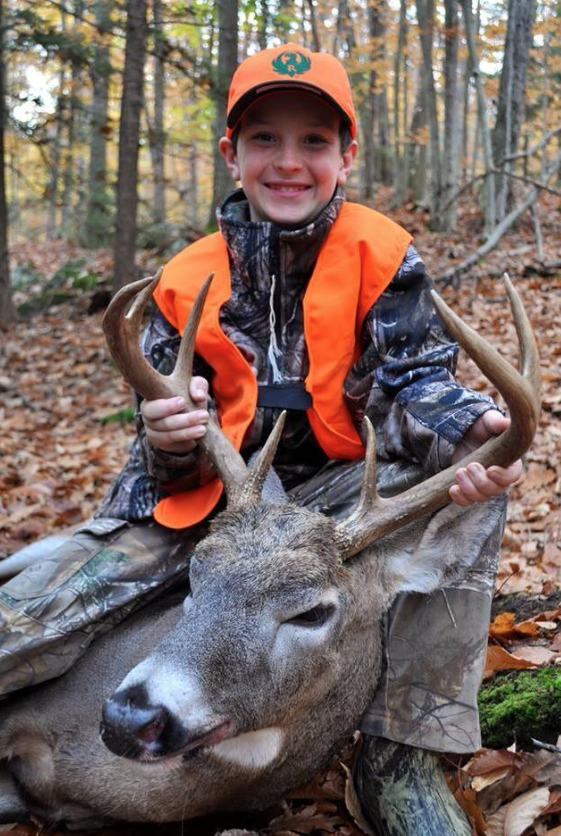
Studies show that 8-point bucks are the most common, making up 50 percent of antlered deer in all mature buck age classes. Is an 8-point that may be average to many hunters your perfect buck?
Though many of today’s deer hunters describe bucks in terms of “inches of antler,” it wasn’t long ago when the number of antler points was the most common description. For many hunters, that’s still likely the case. As much as many people like to think they can estimate a buck’s score on the hoof, the reality is few are very accurate at it.
Can I prove that? Not necessarily, because rarely do we get our hands on bucks that are scored or aged on the hoof. Let’s leave that argument for another day. Because of its simplicity, counting antler points is the “go to” for hunt clubs and state agencies implementing antler restrictions. Pretty clear-cut if it’s a 6- or 8-pointer, right?
So when we think of points, whether it’s trail camera pictures of a buck or hearing a buddy talk about the one that ran in front of him on the way to work, the likely description is an “8-pointer.” Think about it: unless the buck was a 1 1⁄2-year-old, odds are good it was an 8-pointer — even though deer on some properties might be known for producing a greater number of points.
Obviously there is a big difference between a 150-inch 8-pointer and a basket-racked 8-pointer. But yet having 8 points is a trait nearly 50 percent of the bucks in each age class 2 1⁄2 years and older share in common.
TAKING COUNT Researchers at the Mississippi State University Deer Lab analyzed data from bucks across the state and found that nearly 50 percent of them 21⁄2 years old and older had 8 points, regardless of whether they came from the fertile Delta Region or the sandy, poor nutrition Coastal Plain. Nutrition, body size and age all seemed irrelevant regarding the number of points a buck carried.
When looking at only bucks 5 1⁄2 years old or older, researchers found the exact same results: 50 percent had exactly 8 points, with the other half split on both sides of the point spectrum.
In other words, older doesn’t always mean more points.
During the state agency boom of antler restrictions during the 2000s, many states took a hard look at antler data to determine what would help increase the age structure of the average buck harvested. Tennessee officials looked at tens of thousands of bucks during 2004 and found results similar to those of the MSU Deer Lab researchers. In fact, at 4 1⁄2 years of age, a buck was twice as likely to be an 8-pointer than any other point total; at 3 1⁄2 years of age a buck was nearly four times as likely to be an 8-pointer than any other point total!
I’ll put it this way: All of us guys (short ones at least) would love to be 6-foot, 2-inches tall, but it’s not likely most will achieve that. Most will be 5-10 or 5-11 on aver- age with an equal split on both sides. Does genetics play a factor? Absolutely! Just as it does in deer. Does that mean if we shoot all of the 8-pointers, we will be left with bucks with more points? Highly unlikely, with dispersal and other factors coming into play.
That doesn’t mean that the next buck that comes around the bend won’t be a gnarly 6-by-6 — but the odds say you’re likely going to see an 8-pointer or two first.















































